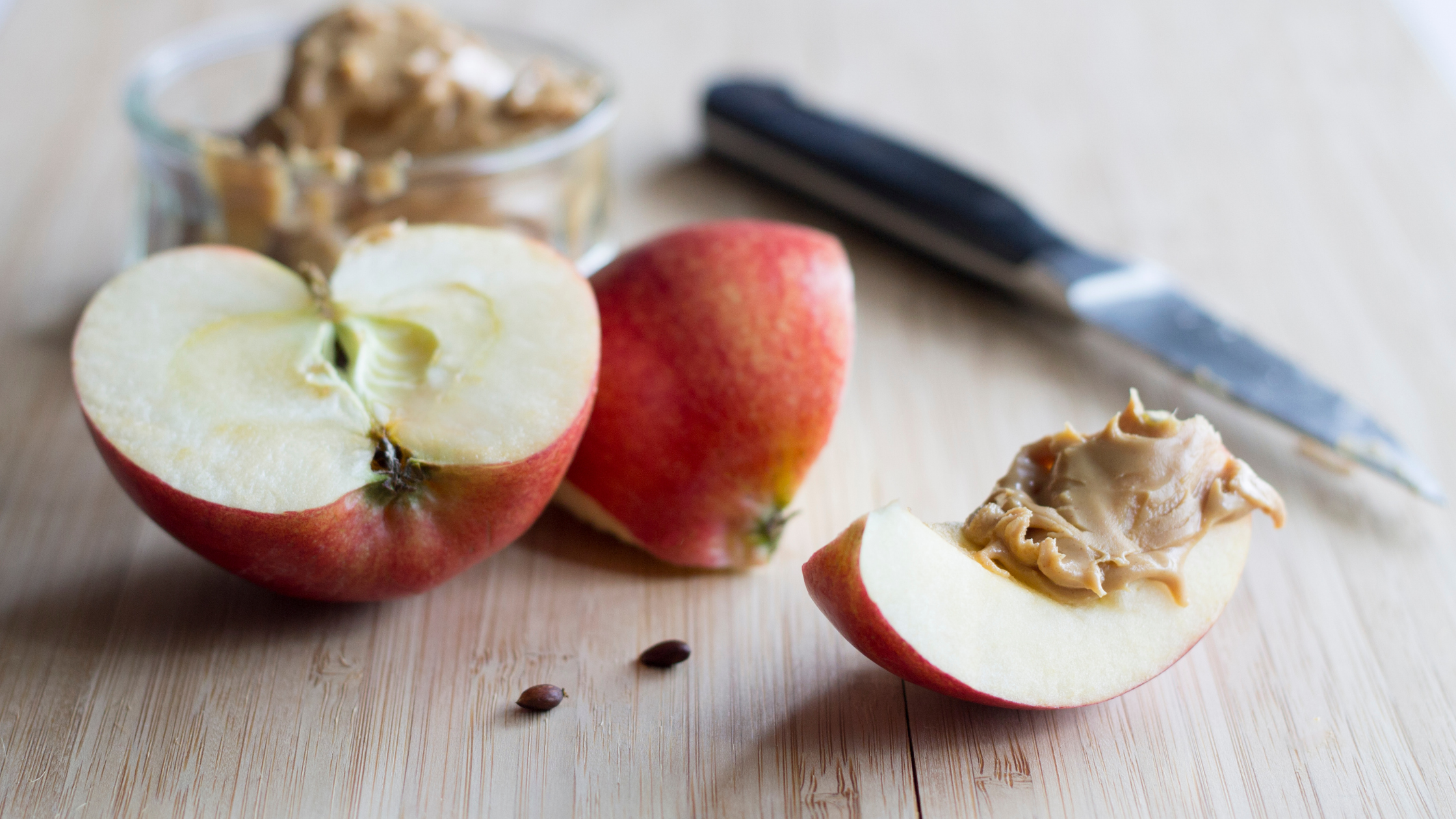
Supercharge Your Fitness: Fuel Your Workouts with Walnut Power
Forget the pre-workout jitters and the post-workout crash. There’s a natural powerhouse waiting to elevate your fitness journey: the humble walnut. Often overlooked, this wrinkly wonder is packed with nutrients that can significantly impact your performance, recovery, and overall well-being, making it the ultimate fitness fuel. Let’s delve into the surprising ways walnuts can supercharge your workouts.
Unlocking Walnut’s Fitness Potential:
Walnuts aren’t just a tasty snack; they’re a nutritional goldmine designed to support athletic endeavors. Their unique blend of healthy fats, protein, fiber, and vital micronutrients works synergistically to optimize your body’s performance. Let’s break down the key benefits:
1. The Omega-3 Advantage: Walnuts are a significant source of alpha-linolenic acid (ALA), an essential omega-3 fatty acid. Omega-3s are crucial for reducing inflammation, a common byproduct of intense exercise. This anti-inflammatory action helps minimize muscle soreness, reducing recovery time and allowing you to train harder, more frequently.
2. Powering Your Muscles: The healthy fats in walnuts provide sustained energy, preventing the dreaded mid-workout slump. Unlike sugary snacks that offer a quick burst followed by a crash, walnuts offer a steady stream of fuel, keeping you going strong throughout your session.
3. Enhanced Muscle Recovery: Protein is essential for muscle repair and growth. While walnuts aren’t a primary protein source, they contribute valuable amounts, complementing your post-workout protein intake. Combined with their anti-inflammatory effects, they contribute to faster and more efficient muscle recovery.
4. Brain Boost for Better Performance: Walnuts support cognitive function. Improved focus and concentration during workouts translate to better form, more effective training, and ultimately, better results.
5. Nutrient Synergy for Optimal Results: Walnuts are rich in Vitamin E, manganese, and magnesium—all crucial for energy production, muscle function, and overall health. This synergistic blend of nutrients works together to optimize your body’s ability to handle the demands of physical activity.
Incorporating Walnuts into Your Fitness Routine:
The beauty of walnuts lies in their versatility. They can be easily incorporated into your daily diet to enhance your fitness journey:
- Pre-Workout Snack: A small handful of walnuts 30-60 minutes before your workout provides sustained energy.
- Post-Workout Recovery: Add walnuts to your protein smoothie or yogurt for enhanced recovery and muscle repair.
- Healthy Baking: Incorporate crushed walnuts into your protein muffins or energy bars for a delicious and nutritious boost.
- Salad Topping: Add a sprinkle of chopped walnuts to your salads for added crunch, flavor, and nutritional value.
The Walnut Workout Fuel Table:
| Benefit | How Walnuts Help |
|---|---|
| Energy | Sustained energy release from healthy fats |
| Muscle Recovery | Anti-inflammatory properties & protein content |
| Focus | Brain-boosting nutrients for improved concentration |
| Inflammation | Omega-3 fatty acids reduce post-workout soreness |
Conclusion:
Walnuts are a surprisingly potent addition to any fitness plan. Their unique nutritional profile offers a natural way to enhance energy levels, promote muscle recovery, improve focus, and minimize inflammation. By incorporating these versatile nuts into your diet, you’ll unlock a new level of performance and experience the true power of nature’s fitness fuel. So, next time you’re preparing for a workout, reach for a handful of walnuts – your body will thank you.

Additional Information
Supercharge Your Fitness: A Deeper Dive into the Walnut-Fueled Workout
The assertion that walnuts can “supercharge” fitness isn’t mere marketing hype; it’s rooted in the nut’s unique nutritional profile. While the main article likely highlights the overall benefits, a deeper analysis reveals a more nuanced understanding of how walnuts contribute to enhanced athletic performance and recovery.
1. Beyond Omega-3s: A Multifaceted Nutritional Approach:
The emphasis on alpha-linolenic acid (ALA), the omega-3 fatty acid in walnuts, is justified. ALA plays a crucial role in reducing inflammation, a key factor in muscle soreness and recovery. However, walnuts offer a synergistic blend of nutrients that amplify their impact on fitness. These include:
-
Antioxidants: Walnuts are rich in antioxidants like vitamin E, melatonin, and polyphenols. These combat oxidative stress, a byproduct of intense exercise that damages muscle tissue and contributes to fatigue. Studies have shown that antioxidant-rich diets improve athletic performance and reduce recovery time. For example, a study published in the Journal of the International Society of Sports Nutrition demonstrated the positive effects of antioxidant supplementation on exercise-induced oxidative stress.
-
Fiber: The high fiber content aids digestion and promotes gut health, an often-overlooked aspect of athletic performance. A healthy gut microbiome is linked to reduced inflammation, improved immunity, and better nutrient absorption – all essential for optimal fitness.
-
Protein and Essential Amino Acids: While not a primary protein source, walnuts provide a decent amount of protein, containing all nine essential amino acids. These are crucial for muscle repair and growth, particularly important after strenuous workouts.
-
Magnesium and Potassium: These electrolytes are vital for muscle function and preventing cramps, crucial for endurance athletes. Walnuts are a good source of both, contributing to electrolyte balance and preventing performance-limiting deficiencies.
2. Specific Applications in Different Training Modalities:
The benefits of walnuts extend across various fitness disciplines:
-
Endurance Training: The sustained energy release from walnuts’ healthy fats and carbohydrates, combined with their electrolyte content, makes them an ideal pre- or post-workout snack for endurance athletes. This prevents “hitting the wall” during prolonged exercise and facilitates faster recovery.
-
Strength Training: The protein and amino acids in walnuts, while not as abundant as in other sources, contribute to muscle repair and growth, supporting strength gains. Combining walnuts with other protein sources creates a balanced approach to muscle protein synthesis.
-
Recovery: The anti-inflammatory properties of walnuts are especially beneficial in aiding muscle recovery post-workout, potentially reducing delayed-onset muscle soreness (DOMS). This allows for more frequent and effective training sessions.
3. Considerations and Practical Applications:
While walnuts offer numerous benefits, it’s crucial to acknowledge some considerations:
-
Calorie Density: Walnuts are calorie-dense. Portion control is necessary to prevent excessive calorie intake, especially for individuals aiming for weight management.
-
Allergens: Walnut allergies are prevalent. Individuals with allergies should strictly avoid them.
-
Integration into a Balanced Diet: Walnuts are most effective when part of a holistic, balanced diet that includes a variety of fruits, vegetables, lean proteins, and complex carbohydrates. They shouldn’t be viewed as a miracle cure but as a valuable addition to a healthy lifestyle.
-
Research Gaps: While promising, more research is needed to fully understand the specific mechanisms by which walnuts enhance athletic performance in different populations and training intensities. Longitudinal studies tracking athletic performance with and without walnut consumption would provide stronger evidence.
Conclusion:
The “supercharging” effect of walnuts on fitness is a multifaceted phenomenon driven by their unique nutritional composition. Their role extends beyond simply providing omega-3s; they offer a synergistic blend of nutrients that contribute to reducing inflammation, improving recovery, enhancing endurance, and supporting muscle growth. However, responsible consumption within a balanced diet and awareness of potential allergies are crucial for maximizing their benefits. Further research will refine our understanding of this promising nut’s contribution to athletic optimization.
